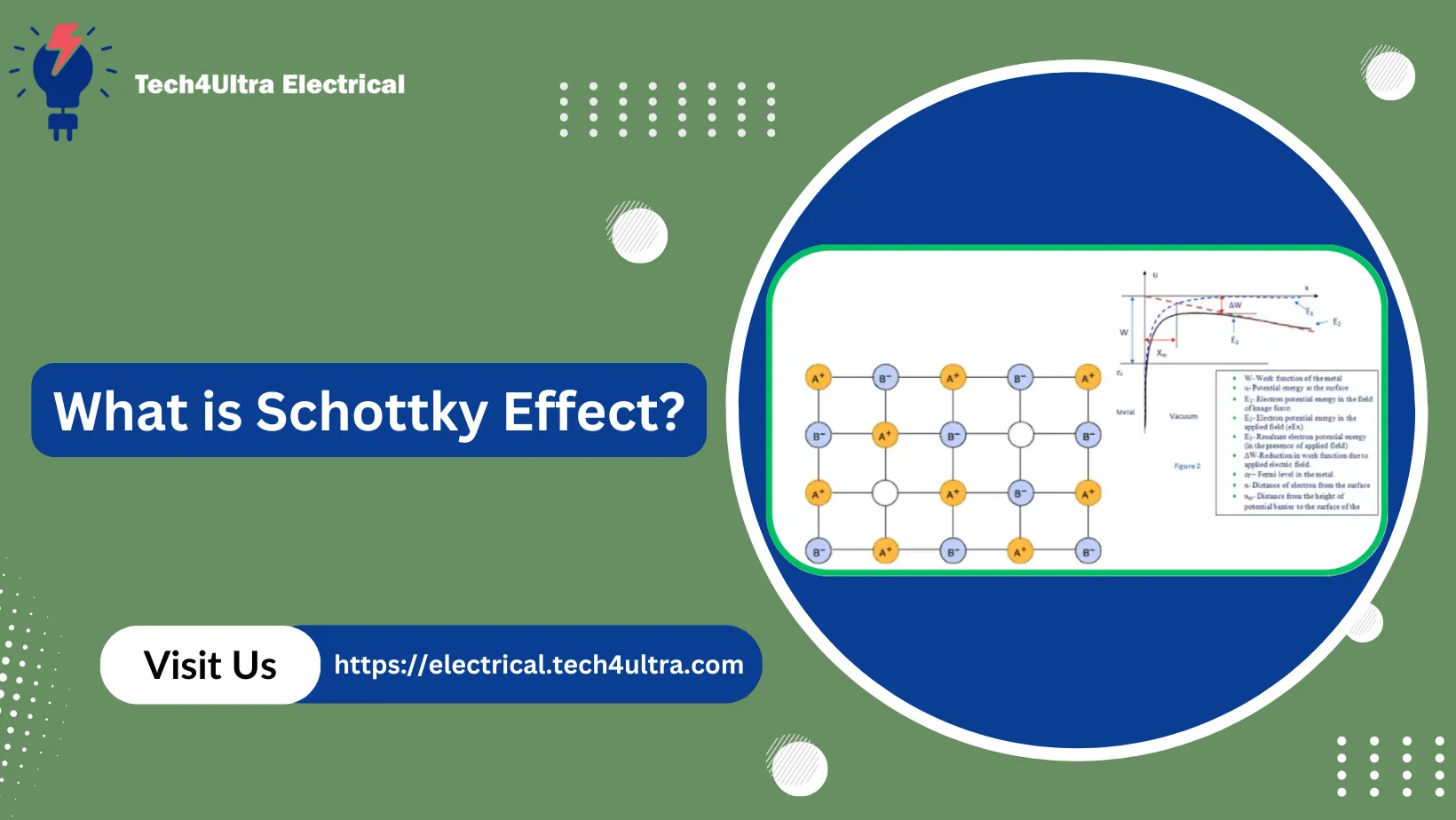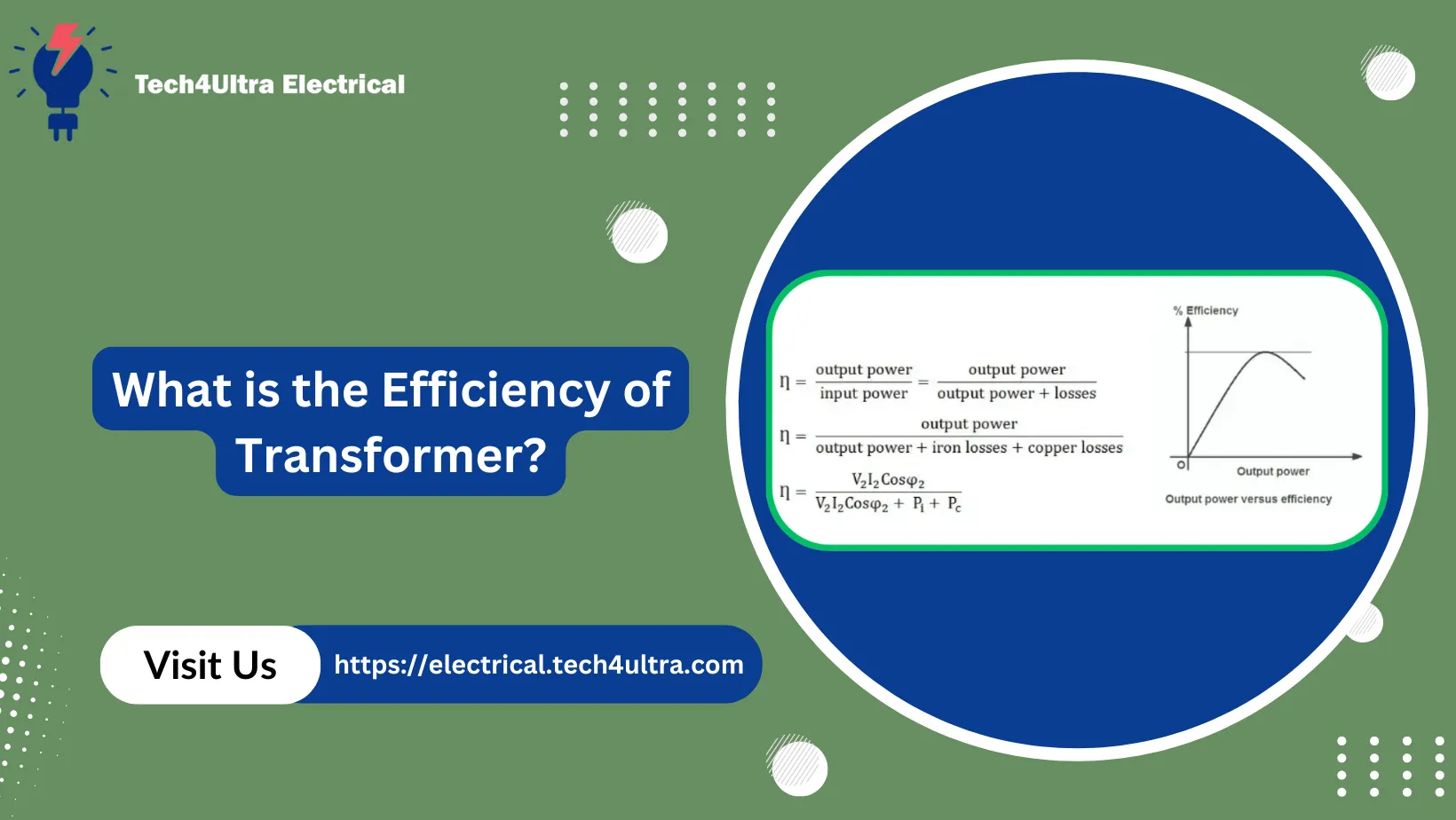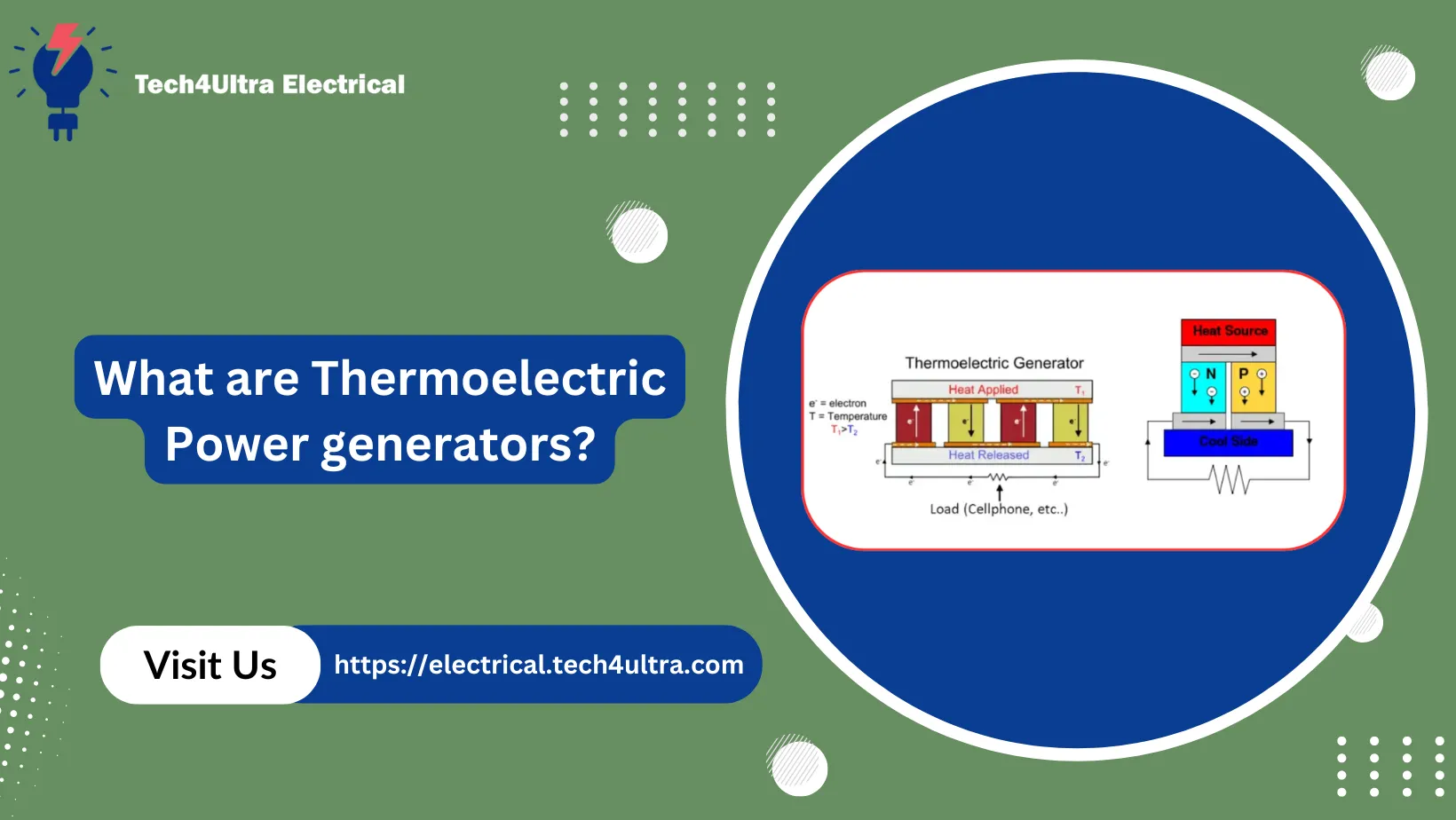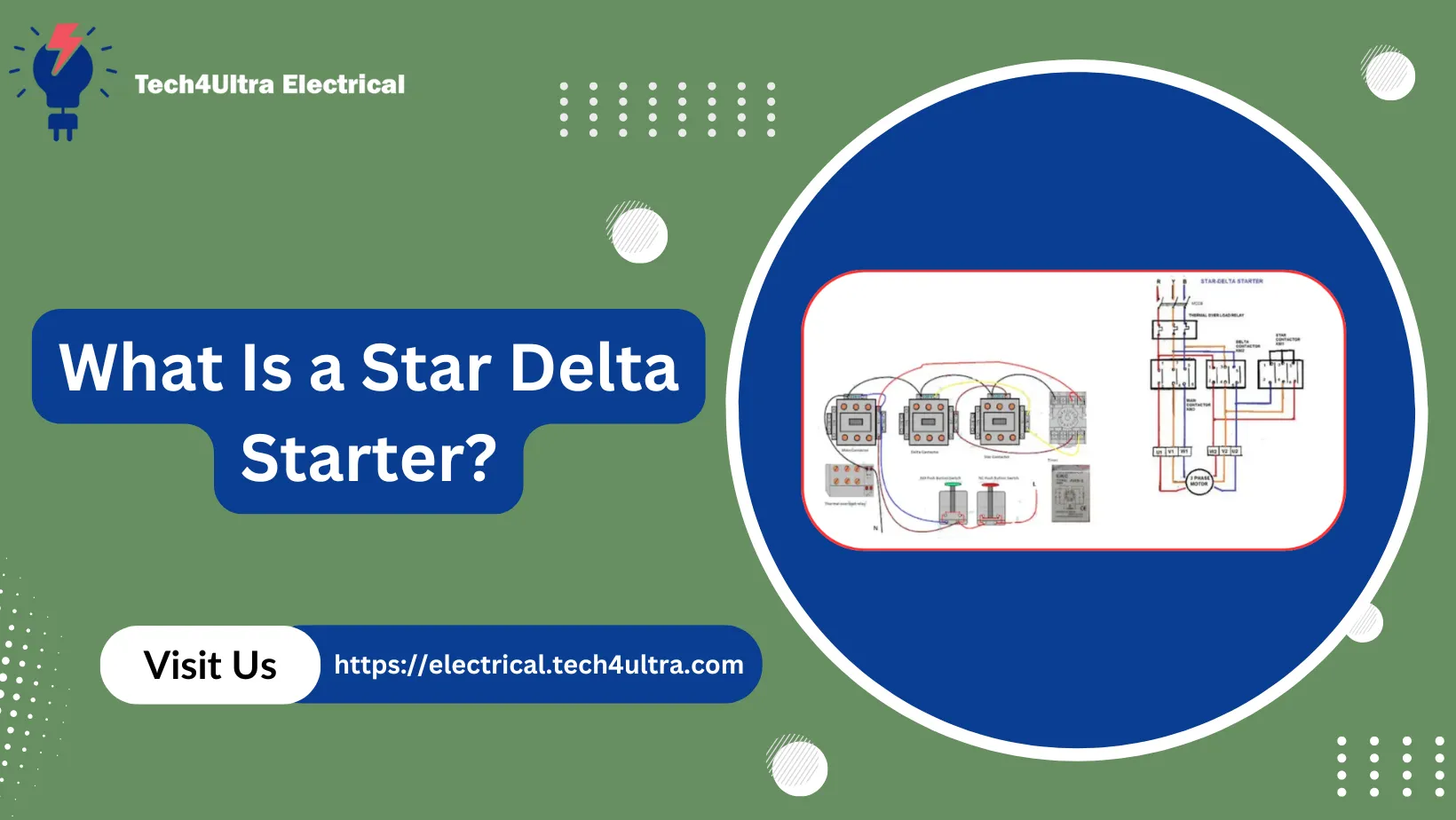Understanding the Schottky Effect: Field Enhanced Thermionic Emission Explained in Depth
Electron emission might sound like something reserved for physicists in lab coats and thick glasses, but it’s actually one of the most essential processes driving modern electronics. Whether you’re firing up a fluorescent light or tuning a vintage vacuum tube amplifier, electron emission is quietly doing the heavy lifting behind the scenes. In this article





